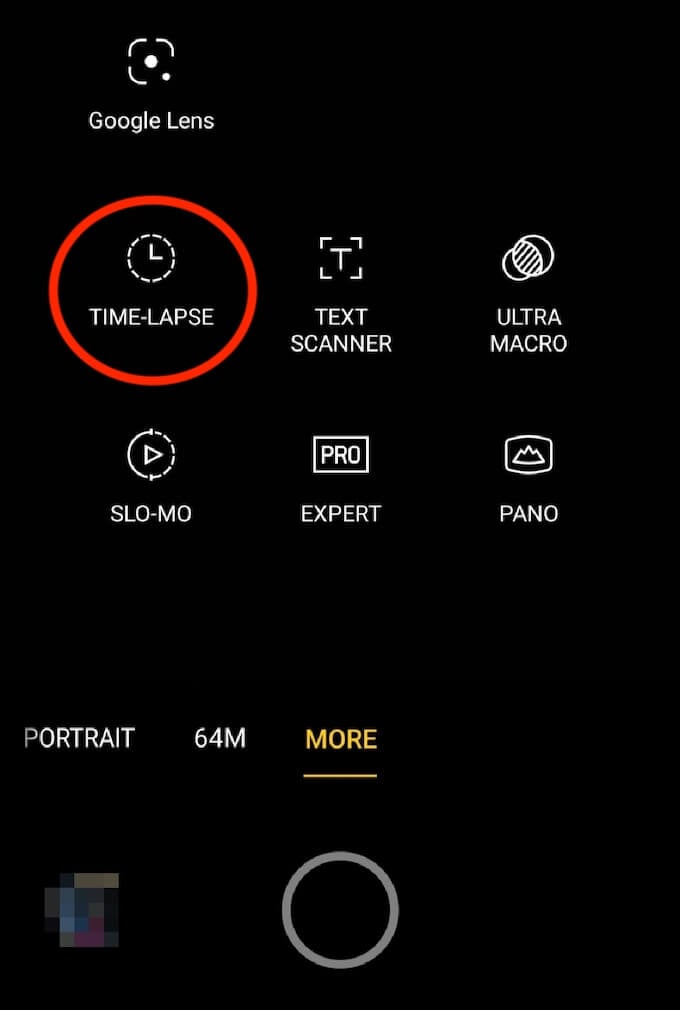
Set your gimbal up in advance and learn every mode, knob and special feature it might have.
#HYPERLAPSE VIDEO FOR MAC PRO#
Check out our review of the LRT Pro Timer 3! Gimbal You will need an internal or external intervalometer. One downside is the requirement for faster shutter speeds, which limits the creative use of motion blur. Medium and long focal lengths give a slower feel to the hyperlapse but yield better stabilisation results.These can range from difficult to impossible to stabilise. The downside is that small inaccuracies in the walking path are more likely to introduce unwanted parallax errors. Short focal lengths give you more dramatic motion at the edges of the frame and will therefore enhance the perception of speed.Lensīring your favourite lens for the subject you want to shoot but take two hyperlapse-specific factors into consideration: You will also be able to identify gimbal drift more easily, but we will get to that later. It is helpful to have a grid overlay to keep the desired point on your subject fixed. Equipment to shoot your gimbal hyperlapse Camera

To achieve this from a sequence of photos, we need to know how many frames these 10 seconds will contain.Įxample: At a frame rate of 25 frames per second, we need to capture 250 photos to produce a 10-second video. We are aiming to create a 10-second hyperlapse clip. You can read up on the basics here:īasic time lapse post-production Packing the camera bag

Knowing the common denominator of all time lapse techniques based on photos will help as well. So, let’s get started! PrerequisitesĪs the following paragraphs will focus solely on gimbal hyperlapses, you will benefit from a basic understanding of time lapse terminology. We will look at best practices and potential hurdles in an easy-to-follow guide.
#HYPERLAPSE VIDEO FOR MAC HOW TO#
In this guide you will learn how to plan, capture and post-process a buttery smooth gimbal hyperlapse. The kind of hyperlapse that profits most from a gimbal system differs substantially from a tripod hyperlapse or a low-profile handheld hyperlapse. But the impact hasn’t been as great as expected. From the get-go, gimbals promised to revolutionise the production of hyperlapse photography as well.

The proliferation of motorised gimbals has redefined stable moving shots in film and video production. Smooth camera movement nowadays is almost always achieved by gimbal stabilisation. To be informed about new articles and updates to the time lapse world, please subscribe to our newsletter. Over the next few months, we are going to learn about different techniques, their pros and cons, and when which technique is used best. This article is part of our series “How to create the perfect hyperlapse”. Article Series: “How to create the perfect Hyperlapse”


 0 kommentar(er)
0 kommentar(er)
